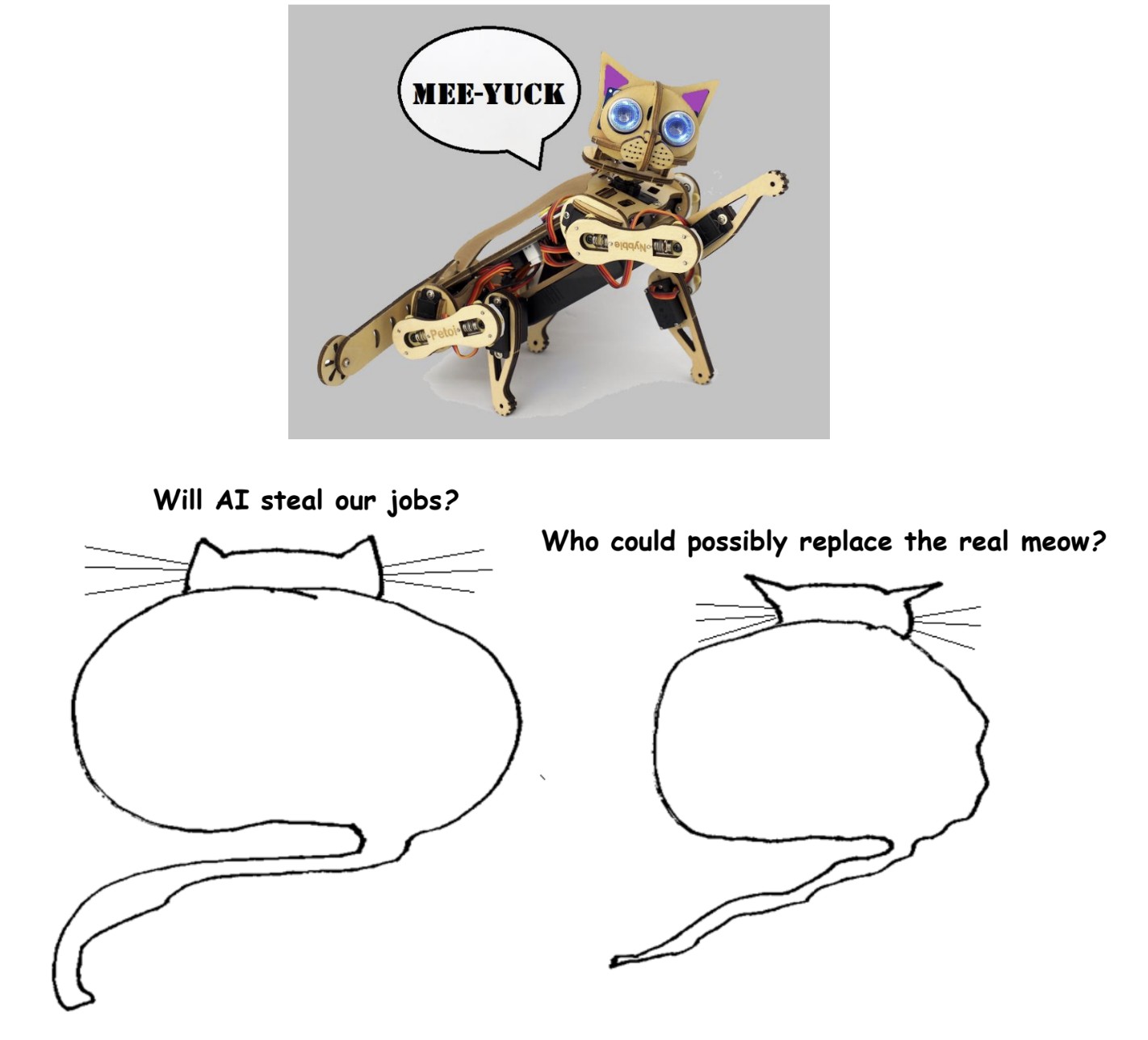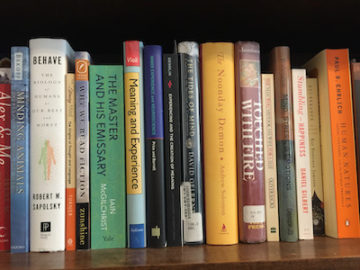by Jonathan Kujawa
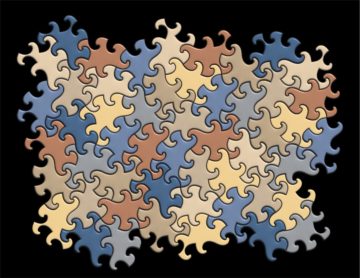
In March David Smith, Joseph Samuel Myers, Craig S. Kaplan, and Chaim Goodman-Strauss announced that they discovered an “Ein Stein”. The choice of name can only be described as a tour-de-force of PR: Ein Stein translates as One Stone but also evokes a certain physicist. The Ein Stein got wide play in the media, including here at 3QD. Unfortunately, the same authors’ discovery of the “Spectre” tile two weeks ago seems to have gone under the radar. Since it is even more interesting, I thought we should take the time to talk about it.
First off, what is this all about? This research is in the area of geometry about tilings of the plane. If you have a collection of tiles of various shapes and sizes along with a set of rules about how they can be placed, then a successful tiling of the plane with those tiles and rules is exactly what you think: you cover the entire plane going to infinity in all directions using only those tiles and following those rules [1].

Sometimes this is easy. If you have a rectangular tile with no rules restricting you, you see successful tilings all around you in the brickwork. If you use a rectangle with no rules, there are infinitely many different tilings.
Sometimes tiling the plane is impossible. If you have only a circular tile, then there is no way to tile the plane without leaving gaps. Sometimes it is the rules which cause a problem. If you have a triangular tile, but the rule says you aren’t allowed to rotate the tile, then there is a triangular tiling (here on the right), but it’s forbidden by the rule [2].
One common way of enforcing rules is to color the tiles and make requirements on where colors can be placed relative to each other. We discussed these sorts of tilings ages ago here at 3QD. Read more »


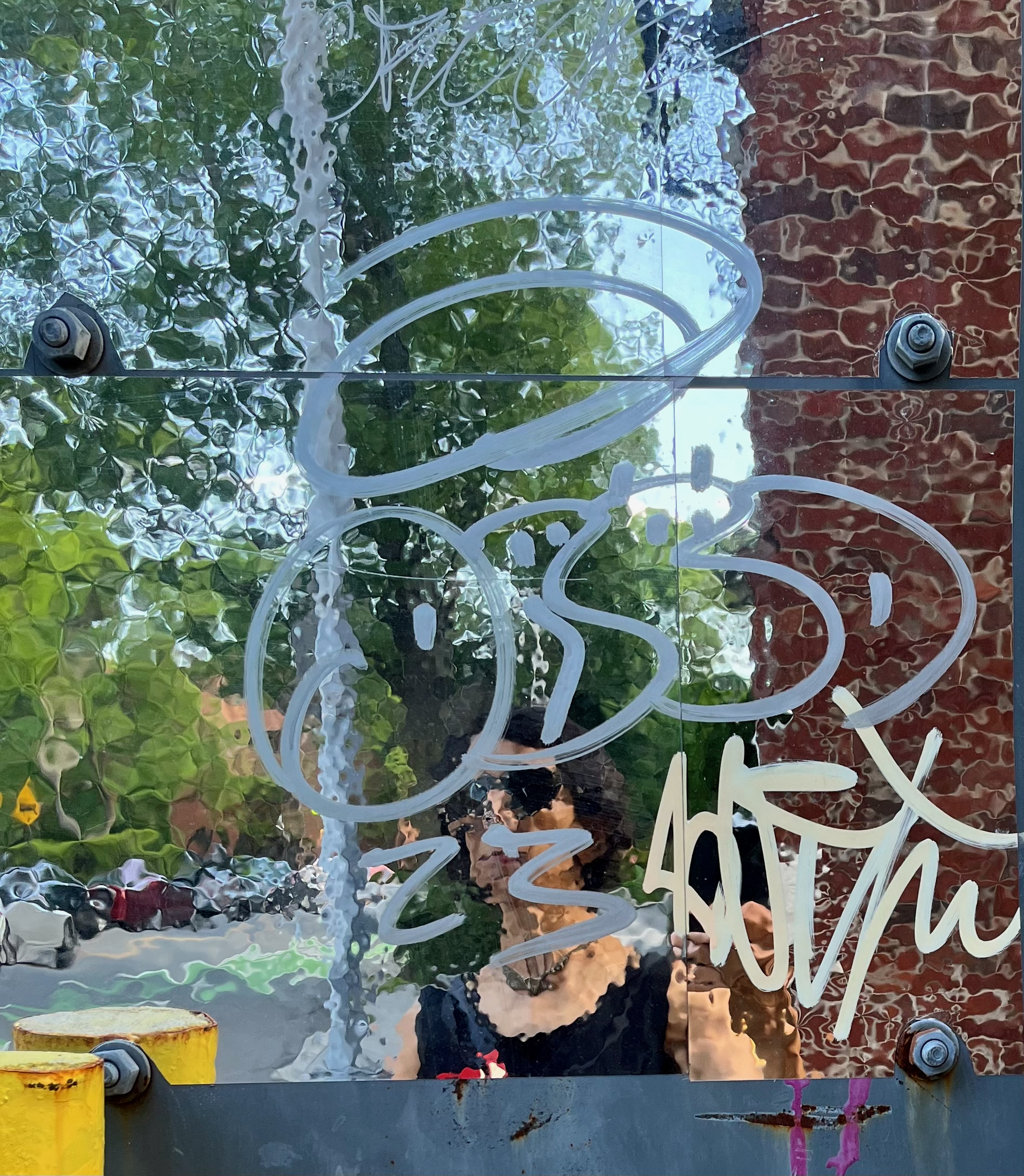 Sughra Raza. Self-portrait On Graffiti In The Rain. June 2023.
Sughra Raza. Self-portrait On Graffiti In The Rain. June 2023.
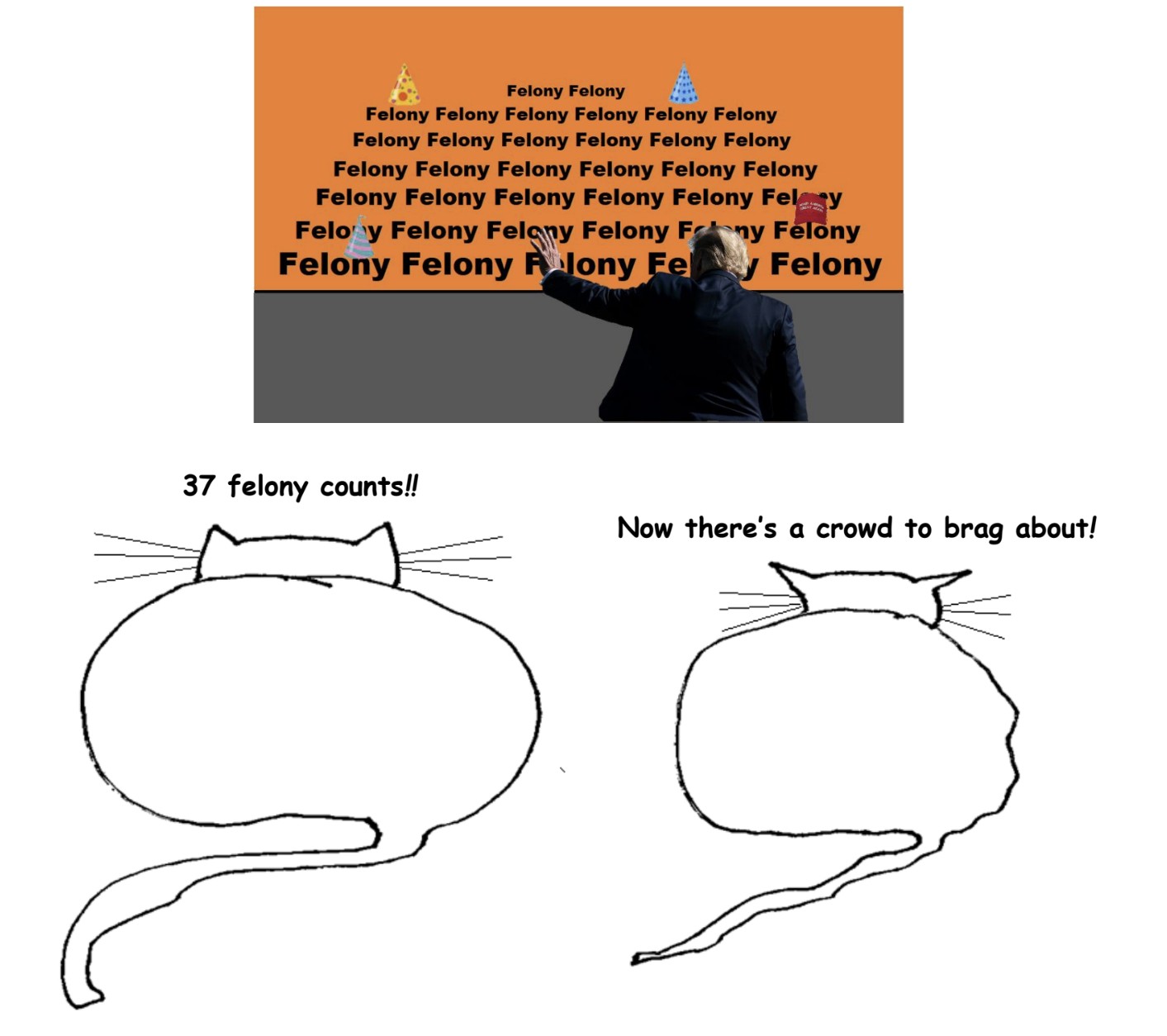
 But—let’s be honest—to me he’s Dad.
But—let’s be honest—to me he’s Dad.
 Martyn Iles, a lawyer by training, was the managing director of the Australian Christian Lobby (ACL) from 2018 until he was
Martyn Iles, a lawyer by training, was the managing director of the Australian Christian Lobby (ACL) from 2018 until he was 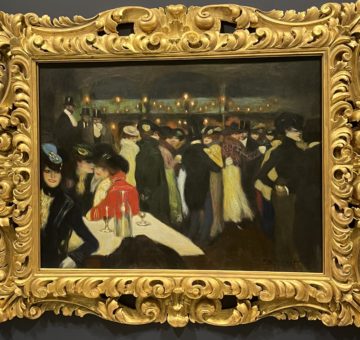

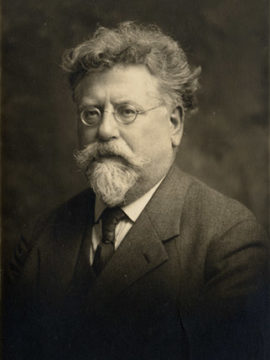
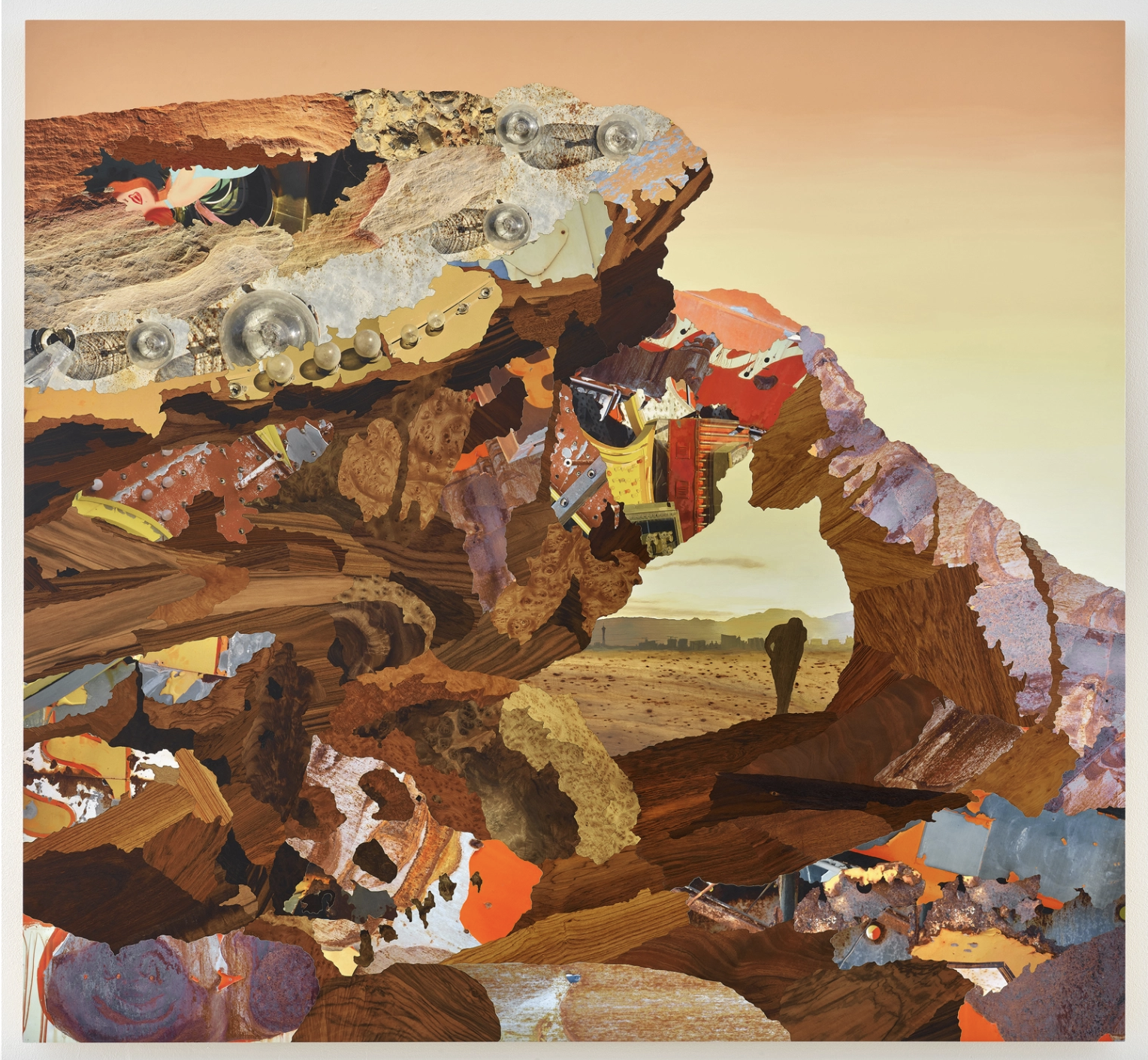 Allison Elizabeth Taylor. Only Castles Burning, 2017.
Allison Elizabeth Taylor. Only Castles Burning, 2017.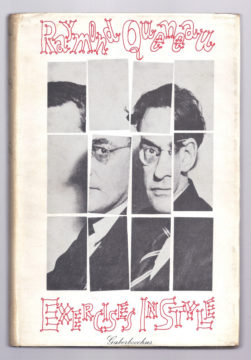 Raymond Queneau was a French novelist, poet, mathematician, and co-founder of the Oulipo group about
Raymond Queneau was a French novelist, poet, mathematician, and co-founder of the Oulipo group about 